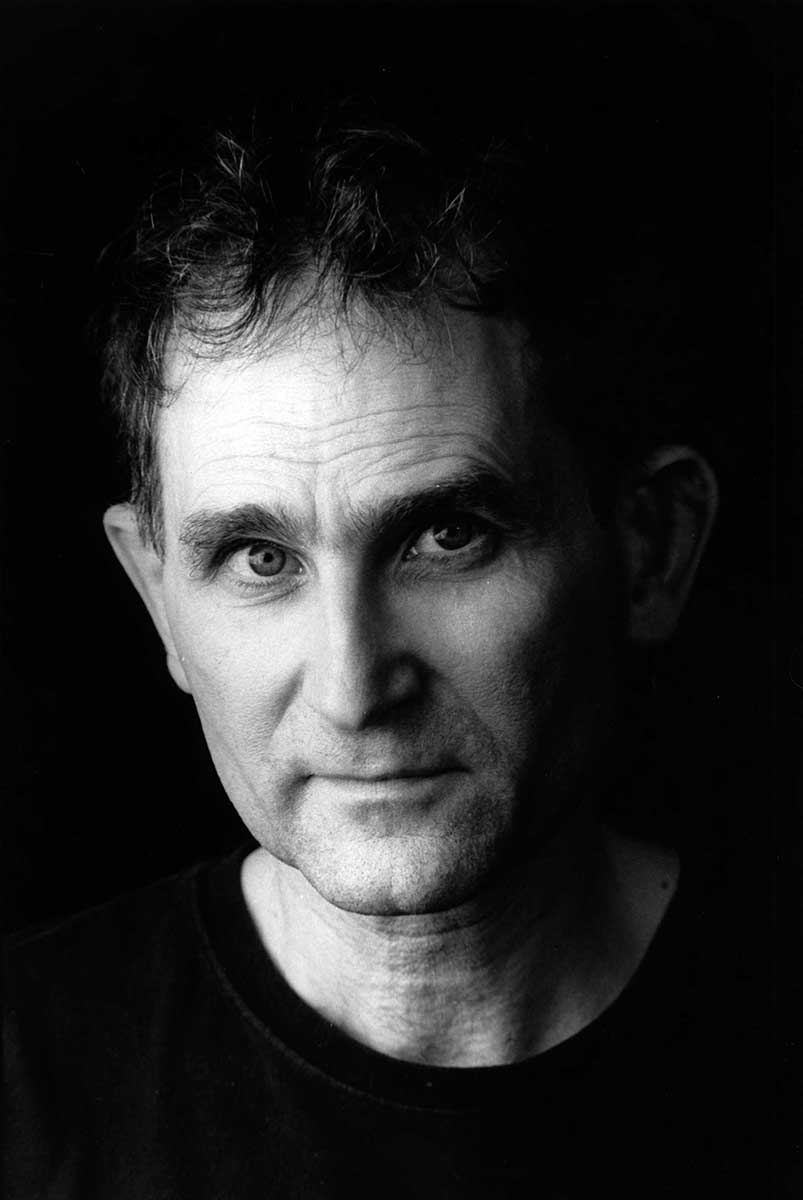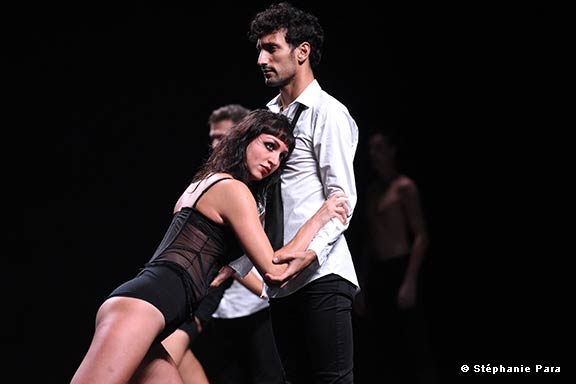French born Jean-Claude Gallotta has been at the forefront of the contemporary dance scene for 40 years, having found dance by accident after falling in love with dancer while living in New York.
His extensive award-winning career has taken him from France, London, Japan, US after setting up his own company, Compagnie Jean Claude Gallotta, Groupe Emile Dubois.
As a formidable creative, Jean-Claude has also created dance films, published books, produced works for acclaimed companies including Lyon Opera Ballet, Paris Opera Ballet, led international dance festivals and held the esteemed position as director of National Choreographic Center for almost 30 years from 1984-2015.
His prestigious career is detailed on the company’s website and is worth a detailed read!
With the help of a French/English translator, we asked Jean-Claude about his choreographic career, his company, his new work and thoughts on the future of contemporary dance.

When did you establish Compagnie Jean Claude Gallotta, Groupe Emile Dubois?
JC: The company started in 1980 at the beginning of the new dance movement in France. We started with people with different ages and different genders who were not just normal dancers.
When and why did you start dancing?
JC: It was completely by accident. I was studying art and wanted to draw dancers in a class and I discovered the world of dance. I also fell in love with a dancer and so I wanted to learn the profession.
Tell us about your choreographic career and your choreographic language, and approach to choreography?
JC: It is difficult to say for me. I am just going to talk about what people say about my work. They think it is really dynamic, with a lot of energy. A mix between classical gestures, and some gestures from everyday life. There are several things at the same time and in the same space. A mix between abstraction and sometimes, theatrical – like drama.
Who has influenced your choreographic work?
JC: Merce Cunningham and Pina Bausch, both of them. They were spiritual influences. It was not directly the techniques or the form they used. It was more about the idea of them. It was really important for me to find my own gestures and techniques with these influences.
Tell us about the work the company is currently creating.
JC: There are two different directions in my work at this time. One is around rock music. In one of my work, Ladies Rock, I give a tribute to female singers in rock and roll. The other direction is more about literature. I try to incorporate literature into dance.
Two years ago I worked on L’étranger by Albert Camus. Now, I am working on a creation for September 2018; it is around the novel Bonjour Tristesse by Françoise Sagan.
What was the vision behind these two different strings of work, these directions in your work?
JC: I really like rock and roll a lot and I wanted to do something with that music. Literature, is because I like words. Once I found my style, I wanted to try it with dance. I believe we can try every kind of art-form with dance. I could do it with novels, paintings, or scriptures. It can also be from the people I have met in my life – I met a rock and roll singer once, and just wanted to do something, to share something from this experience.

What is your vision for the company?
JC: I always liked the idea of working with many dancers on stage – we are about ten people – no matter what the topic is. When it is literature, I like to work with three dancers to go deeper into the theatrical aspect of my work. I like the idea of having a big group, it is like a novel, and trio are poems.
What do you look for when selecting dancers for your company?
JC: It has been a while since we last had a new face, so I kind of forget about it.
Has it been a deliberate choice to work with the same dancers for many years?
JC: At the very beginning, I wanted to keep the same ten dancers, like a family. Then, we started to have psychological problems; and I thought to myself, never again! I wanted to have new people and new dancers for each production. But, even though we didn’t mean to stay together, we ended up creating a new family!
So, you are constantly creating a family for yourself…
JC: I didn’t mean to do that! But I accept it, I like things the way they are.
What have been some of your highlights from your extensive career?
JC: At the very beginning when this new form of dance received some recognition, we went to London, to New York. Contemporary dance was English, so it was very impressive for me to discuss with them. I also had a big highlight in Japan, where I founded a company. We had a dance center in France, and another one in Japan.

That’s amazing, such an interesting place to start a company…
JC: It was tiring, having both companies at the same time. We had to split our attention; when the French company was on holiday, we would go to Japan and work there.
You’ve been at the forefront of the contemporary dancing for so many years, all the way back to the late 70s and early 80s. What are your thoughts on contemporary dance today, and how it is changing and evolving?
JC: There was a great shock in contemporary dance with the “no-dance” movement. It was complicated for me to exist at this time. We still managed to relate to this movement and with the public. Now, I feel like dance is coming back again. We can find our place again, in this movement. It is a good evolution. I think that new things – even if they are shocking at first – bring something interesting that we can see in the performance nowadays.
How do you see a difference between the work that has been created in various dance centers around the world today? Do you think there is more commonalities or a common language, a common structure between these different centers?
JC: I would say that there is an acceptance of our differences, more than before. I feel like everything can exist, and that the common point is that people can make their choices, in different kind of pieces.

As the Artistic Director, what are some of the greatest challenges that you are currently facing?
JC: One of the big issue is finding funding for the company to continue to exist. I was pleasantly surprised, because you can’t always be at the forefront, but that we always managed and do some new works, even through the different kinds of trend changes. In France, it changes all the time – you can be loved one day and rejected the other, it is very elusive. But, actually, professional theaters, critics as well as the public, have always there [for us].
Check out ‘My Ladies Rock’ and ‘My Rock’ on tour extensively in January, March, April, May and June 2018!


